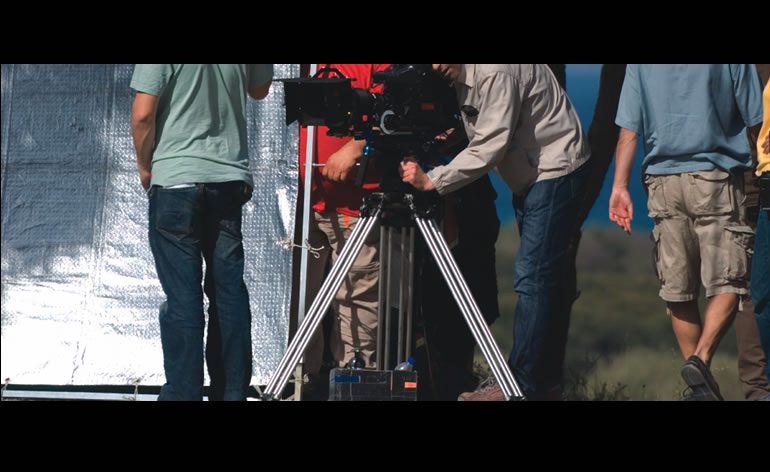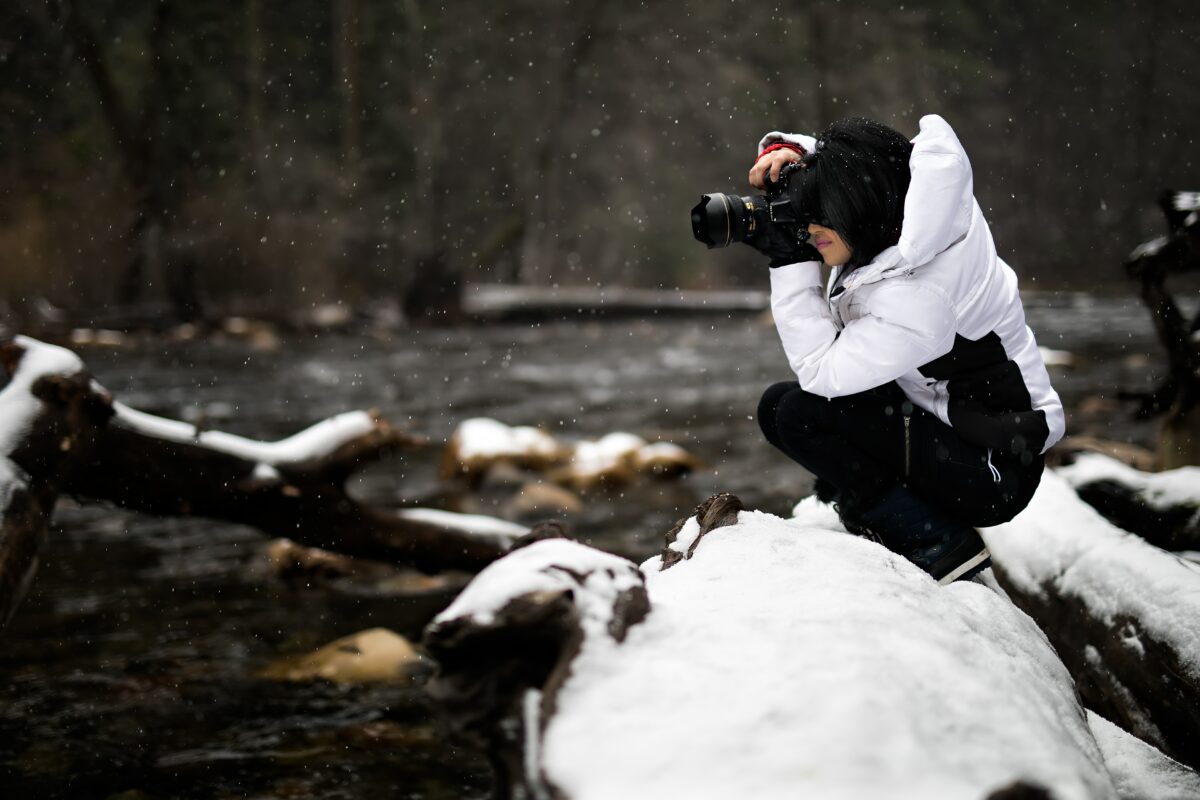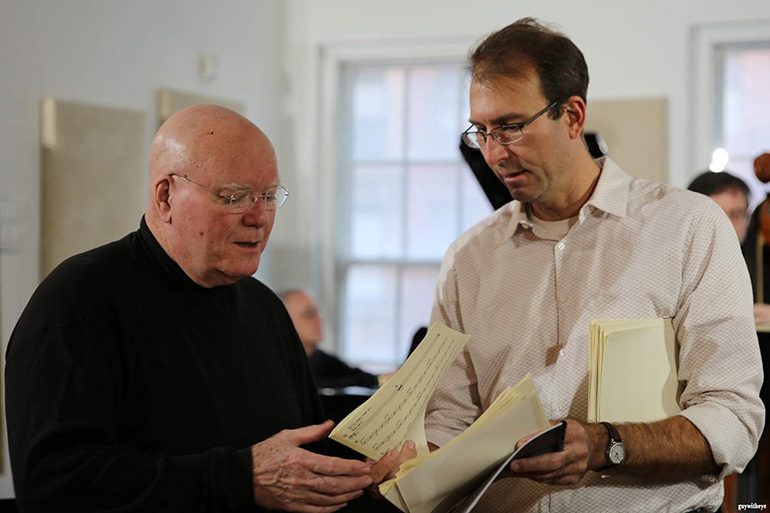Reference: StudentFilmmakers Magazine, March 2007. Advice on Working with Rental Houses: Things You Can Do to Streamline the Process by Kevin Zanit. Pages 48 – 49.
There are a number of things a producer and/or cinematographer can do when working with rental houses to make the process smoother and more effective for both parties, while improving the business relationship.
First, make yourself familiar with their particular policies. For instance, it is very common for the rental company to
require a several thousand dollar deposit on the equipment (usually for the amount of the deductible on your insurance). It is important that you, as a producer, budget for this amount.
Be aware of what the insurance requirements are for your particular rental house. Most companies require that you
carry production insurance for the duration of the time the equipment will be in your possession. This insurance coverage can range from one million to several million dollars of general liability, and several hundred thousand dollars for equipment (or at least no less than the total value of the equipment rented).
This insurance can be quite expensive, but is necessary to deal with most rental houses and to receive a film permit. Most of these policies carry a large deductible ranging from two thousand to five thousand dollars. It is once again important to budget for this amount. There are several organizations that specialize in helping low-budget filmmakers with their insurance needs. One of these organizations is called the “Film Makers Alliance”. They
set up your project as a co-production with their company, allowing you to “ride” their insurance. The fees for this service are very low, and work on a sliding scale, factoring in your production budget. The only downside is that because working with these types of organizations requires a co-production scenario, they require credit and other specifics on your project that you would have to find out about prior to going with their services.
On the topic of insurance, sometimes a rental house will offer to insure you on their policy (for their equipment only), typically for a percentage of the total rental cost. This is not that common, but a company that does offer this service in Los Angeles is called Wooden Nickel Lighting and Camera. They will insure their equipment for around
20% of the total rental cost. Once again, it is important to check for the specifics of what each company requires.
It is always cheaper to rent equipment for longer periods than shorter ones. Often, many low-budget producers contemplate shooting their projects on weekends only, renting the equipment on Friday and returning it Monday for many weekends. In the long run, this is much more expensive than scheduling your shoot for consecutive days. This is because many rental houses will offer a considerable discount on equipment that will be rented for weeks.
Also, most rental houses charge on a two or three day week. Meaning if your rental rate is $200 a day, and you keep the equipment for 5 days, the price on a “two day week” is $400 for the week, not $1000. For big orders on a long enough schedule, many rental houses will negotiate their week to a 1.5 day week, etc.
When trying to get the rental price within your budget, the best thing to do is to have your equipment list from the
department heads and bring it to your representative at the rental house to discuss your needs. The person at the rental house can often suggest changes that would be more cost effective, as well as work with you on a price you can handle. It is absolutely critical that you do not make any changes to the equipment list without first discussing them with your department heads. They may have been planning to use certain pieces of equipment in such as a way that neither you nor the rental house could have guessed, thus you cutting equipment without asking can cause major
problems on the set.
As a department head, I often start with a wish list knowing it will get cut down, and by having stuff on the list I can live without, I protect the stuff I must have. This does not mean to pad the list excessively, but a little bit of a “buffer” on the list can be very helpful.
With a solid and smart production schedule, there are sometimes items that are only needed for certain days, and can be sent back to the rental house once they are not needed. Things like large HMIs for night exteriors and the extra cable needed for them can often be sent back after you are done shooting night exteriors.
It is important to discuss this with your department heads, as the extra work of coordinating what equipment they will and won’t need can slow things down. Also, keeping extra equipment around can sometimes save a lot of time when an unexpected problem can be solved by gear that may have otherwise been sent back.
This all comes down to preparation.
It is important to remember that most department heads are not putting a ton of gear on the list because they want to lug all this extra weight around. It is on the list because in their professional opinion it will help make your project look much better, as well as come together more efficiently.
Don’t let your urges to cut the list down end up costing you more money in production delays as the crew tries to solve problems of not having the right tools for the job.
Kevin Zanit is a cinematographer based in California. His experience is mostly in music videos and does narrative work as well. His filmography includes Room Service (2006), These Days (2006), Inner Prison (2005), and Passing Moments (2003).





